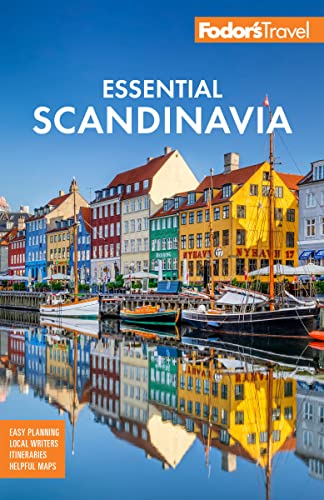Danish Design
"There is one art—no more, no less—to do all things—with artlessness," Danish inventor and poet Piet Hein once wrote in the daily paper Politiken. The poem sums up the essence of the Danish design, where less really is more.
What's now commonly recognized as Danish Modern design flourished here during the years of economic depression around WWII. With a firm rooting in tradition—materials used in Denmark for centuries and age-old local craftsmanship—the basic principle of this new ethos was simplicity, followed by the probing question: "It might look pretty, but is it comfortable?"
Among the most famous products are Poul Henningsen's PH lamps; Arne Jacobsen's Egg, Swan, and Ant Chairs; and Hans J. Wegner's Round Chair. These objects become more interesting when learning stories about their makers, how they dreamed up their creations, and where these objects later turned up. For example, Poul Henningsen invented the world's tallest stilts at the age of 14—and an inflatable bicycle. Henningsen also designed a blackout lamp for Tivoli in 1941. The lamp, which couldn't be seen from overflying airplanes, allowed the park to stay open until midnight during the war. Arne Jacobsen designed the space-age cutlery used in Stanley Kubrick's movie 2001: A Space Odyssey. And, for the famous 1961 Nixon–Kennedy debate, the rivals sat in Wegner's Round Chairs. So many Americans subsequently ordered the chair that Wegner and his workers could not keep up.
The central tenet of producing an object with the simplest, most efficient means is still being followed and developed by Danish designers today. On a smaller scale, Lego blocks, invented in Denmark, teach children worldwide that great things can be constructed with the most elementary of pieces. Danes are increasingly becoming occupied with designing products for a more sustainable future that reaches beyond the borders of the little country. Vestas, for example, the world's leading company for modern windmill technology, today has 33,500 wind turbines in 63 countries.
When in Denmark, it's fun to discover design in the context of everyday life. Upon arrival, take a rest after your long journey in one of Poul Kjærholm's chairs in Copenhagen Airport's Terminal 3. Henningsen's spiral lamps are strung throughout Tivoli. Jacobsen has designed a gas station (Kystvejen 24, Charlottenlund), a housing complex (Bellavista, Strandvejen 419–451, Klampenborg), and a theater (Bellevue Teatret, Strandvejen 451, Klampenborg) north of Copenhagen (take Bus 14 from Klampenborg Station). He's also the architect of Nationalbanken (the National Bank), the Radisson SAS Hotel in Copenhagen, and the Århus Rådhus.
For all of the above, you will find that the basic Danish design credo still holds: design is first and foremost intended to be used, not just looked at.




